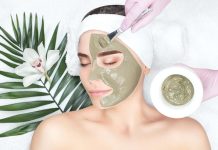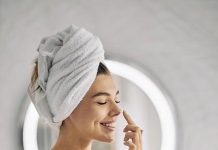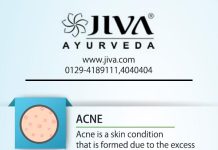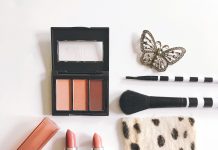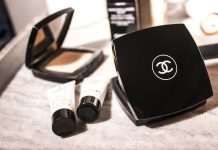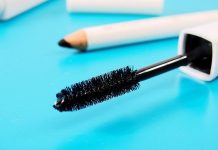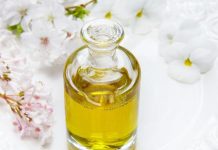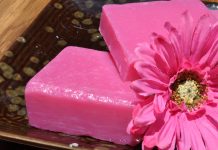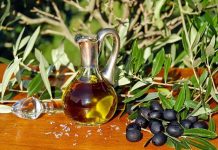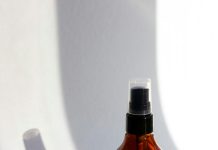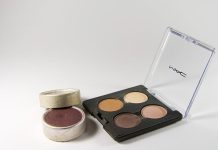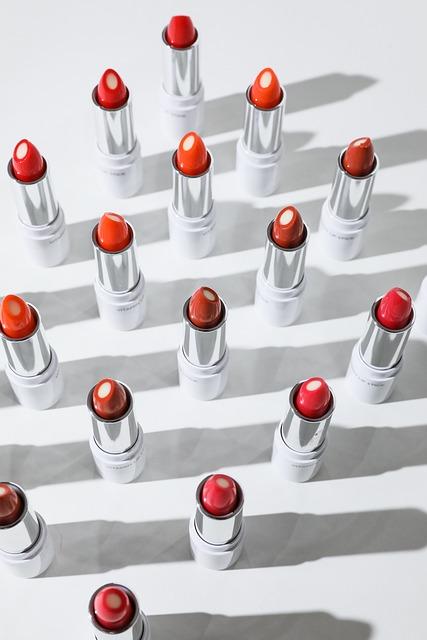In the ever-evolving world of beauty, where serums promise eternal youth and creams claim to capture the essence of nature, a quiet debate simmers beneath the surface: the role of preservatives in our beloved products. As consumers become increasingly ingredient-conscious, the question arises—should we sidestep beauty products with preservatives altogether? This article delves into the heart of the matter, exploring the science, myths, and truths that shape our skincare choices. Join us as we navigate the delicate balance between preservation and purity, uncovering what truly lies beneath the labels.
Understanding the Role of Preservatives in Beauty Products
Preservatives play a crucial role in maintaining the integrity and safety of beauty products. They are essential for preventing the growth of bacteria, mold, and yeast, which can thrive in the moist, nutrient-rich environments of creams, lotions, and other cosmetics. Without these ingredients, products would spoil quickly, potentially leading to skin irritations or infections. However, the topic of preservatives often raises concerns among consumers who are increasingly mindful of product ingredients. It’s important to recognize that not all preservatives are created equal; while some may pose risks, many are safe and have been rigorously tested to ensure they do not compromise your health.
When considering beauty products with preservatives, keep in mind the following:
- Natural vs. Synthetic: Some consumers prefer natural preservatives like essential oils or extracts, but these may not always be as effective as synthetic options.
- Safety Standards: Regulatory bodies like the FDA and EU Cosmetics Regulation have stringent guidelines to ensure the safety of preservatives used in cosmetics.
- Balanced Formulation: Preservatives are often used in minimal concentrations to ensure product safety without causing harm to the skin.
The Science Behind Preservative Safety and Efficacy

Preservatives play a crucial role in the world of beauty products, ensuring that creams, lotions, and serums remain safe and effective throughout their shelf life. At their core, preservatives are compounds that inhibit the growth of bacteria, mold, and yeast. This is particularly important because cosmetics often contain water, which creates an ideal environment for microbial growth. Without preservatives, products could become contaminated, potentially leading to skin infections and other adverse effects.
It’s important to understand that not all preservatives are created equal. Many of them, such as parabens and formaldehyde-releasers, have been extensively studied and are considered safe at low concentrations by regulatory bodies like the FDA and the European Commission. However, due to consumer demand, there’s a growing trend towards using natural preservatives. Some of these include:
- Vitamin E: Known for its antioxidant properties, it helps prevent the oxidation of oils.
- Grapefruit Seed Extract: Often used for its antimicrobial properties.
- Rosemary Extract: Provides both preservation and a pleasant aroma.
While the safety of preservatives is generally well-established, ongoing research and advancements continue to refine our understanding, ensuring that beauty products remain both effective and safe for consumers.
Navigating the Pros and Cons of Preservative-Free Options

When considering preservative-free beauty products, it’s crucial to weigh both the benefits and drawbacks. On the plus side, these products often appeal to those with sensitive skin or allergies, as they reduce the risk of irritation from synthetic additives. Additionally, many consumers appreciate the natural and organic appeal, feeling more connected to the ingredients they apply to their skin.
However, there are also challenges to keep in mind. Without preservatives, products may have a shorter shelf life, leading to potential waste or increased costs due to more frequent repurchasing. There’s also the risk of microbial growth, which can compromise product safety. Consider the following factors when choosing preservative-free options:
- Skin Sensitivity: Are you prone to reactions from preservatives?
- Product Usage: Can you use the product quickly enough before it expires?
- Storage Conditions: Do you have a cool, dry place to store your products?
Expert Recommendations for Choosing Safe Beauty Products
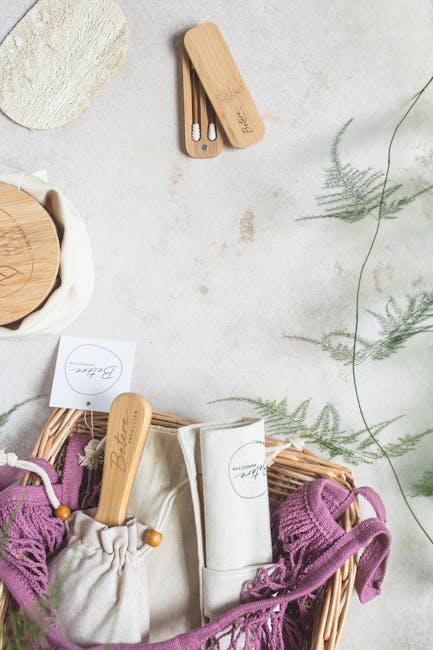
When navigating the world of beauty products, selecting items that align with safety and efficacy is crucial. Experts often emphasize the importance of scrutinizing ingredient lists and understanding their roles. Here are some key points to consider:
- Understand the Role of Preservatives: Preservatives are crucial for preventing microbial growth and ensuring product safety over time. While some consumers prefer natural alternatives, it’s important to balance efficacy with safety.
- Look for Certifications: Products with certifications from reputable organizations can offer an added layer of trust. These certifications often indicate adherence to safety standards and ingredient transparency.
- Patch Testing is Key: Always perform a patch test with new products, especially if you have sensitive skin. This step can help identify potential allergens or irritants before full application.
Incorporating these expert recommendations into your beauty routine can empower you to make informed decisions, ensuring both safety and satisfaction with your skincare and cosmetic choices.

